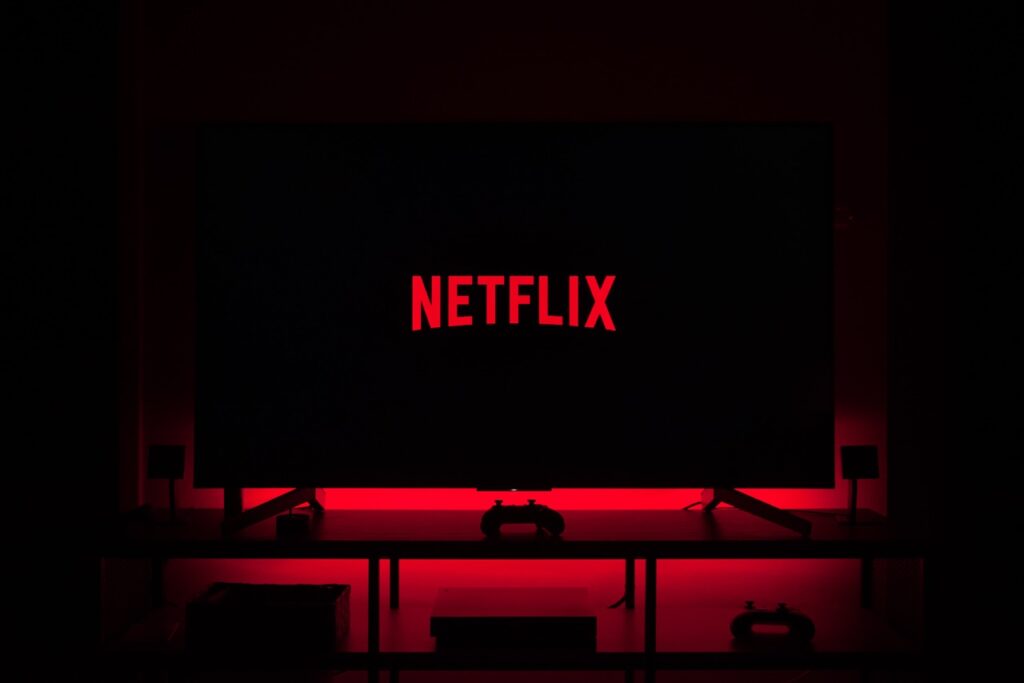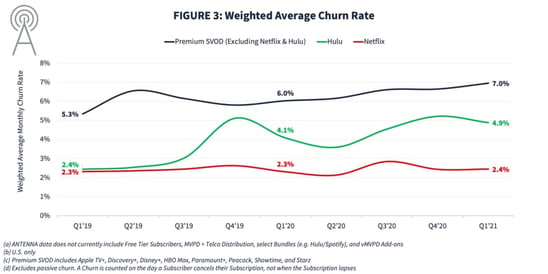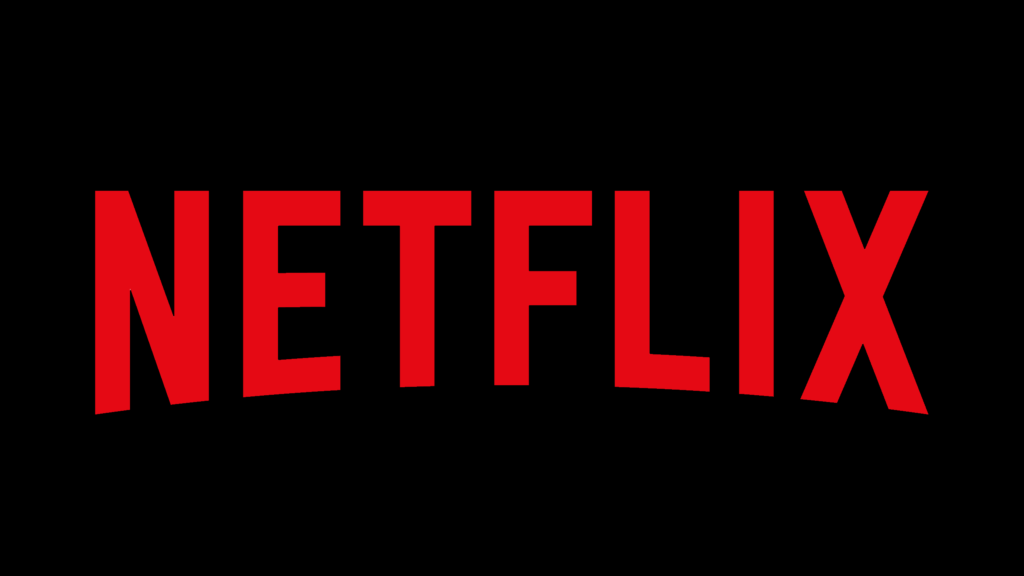In 2006, Netflix was struggling to maintain their customer base. They needed to find a way to improve their customer retention rate, and they did just that. Through the use of a proxy metric, they were able to track success and measure the effectiveness of their strategies. Let’s take a look at how Netflix was able to use data and analytics to drive customer retention.
Swimlane Strategies
Netflix adopted various swimlane strategies in order to improve customer retention rates. These strategies included personalization, new member acquisition, social (“Friends”), DVD merchandising, Help & Account used DVD sales advertising etc., all working towards an overall engagement metric for their pod along with strategies and projects related to it.
In 2005, the Netflix product leader team focused on each of the following areas:
- Personalization
- New member acquisition
- Social (“Friends”)
- DVD merchandising
- Help & Account
- Used DVD sales
- Advertising
The product leaders worked with a team of engineers, designers, and data analysts, and were able to explain their main engagement metrics, as well as the main strategies, proxy metrics, and projects connected to their area.
Data Gathering
In order to personalize movie choices for each user over time, Netflix gathered data from members. This data was used to create personalized recommendations based on viewing habits and interests of each user. This enabled them to have more targeted content which increased engagement levels and improved user experience with the product over time.
What is Netflix Churn Rate?
To gain insight into Netflix’s success, the churn rate is a key factor to consider. Churn rate refers to the proportion of customers who cease their subscription service. Research from Antenna indicates that Netflix’s churn rate is an impressive 2.4%, much lower than its competitor Hulu at 4.1% (as shown in the graph below).
Netflix has a recommendation algorithm which is effective in retaining customers. The algorithm offers personalized suggestions based on viewing history and ratings provided by users. Moreover, these algorithms can change the image preview to something that will draw the user’s attention.

For instance, the image of Clickbait I see on my profile is different from that of my friend’s. My experience with Netflix’s accurate recommendations has kept me as a customer even though I am subscribed to other services as well. This explains why the churn rate for Netflix is low.
Email Reminders
Netflix sends out emails to subscribers regarding new seasons of shows on their lists, as well as off-platform recommendations for content the algorithm suggests they may like. Additionally, Netflix uses their recommendation algorithm to alert people with emails about new shows related to a show they have recently completed.
Successful Outcome
The strategy implemented by Netflix paid off as they saw an increase in customer retention rate due to improved user experience with the product. This enabled them to greatly expand their business and become one of the most successful streaming services in the world today. Other potential strategies such as creating loyalty programs or offering discounts could also be used successfully in order to improve customer retention rates.
Conclusion:
In conclusion, understanding customer behavior is key in developing successful strategies aimed at improving customer retention rates.
Netflix has an impressive selection of high-quality content. This, coupled with their dedication to delivering an excellent service, helps maintain a low churn rate and high customer retention for the platform. They offer over 2,000 exclusive titles, with 160 Emmy nominations and 36 Oscar nominations in 2021. Additionally, they boast more than 15,000 diverse titles globally, meeting the needs of a wide range of viewers. Their recommendation algorithm also stands out among competitors as it anticipates what users are wanting to watch before they know themselves. This all culminates in low churn rates, great customer retention and Netflix staying a leader in the entertainment industry.
Netflix was able to do this through careful analysis of its customers’ needs and preferences combined with data-driven approaches such as personalized content tailored specifically for each user’s interests and viewing habits. By implementing these strategies, businesses can create loyal customers and long-term relationships that will help bolster their business for years to come.



